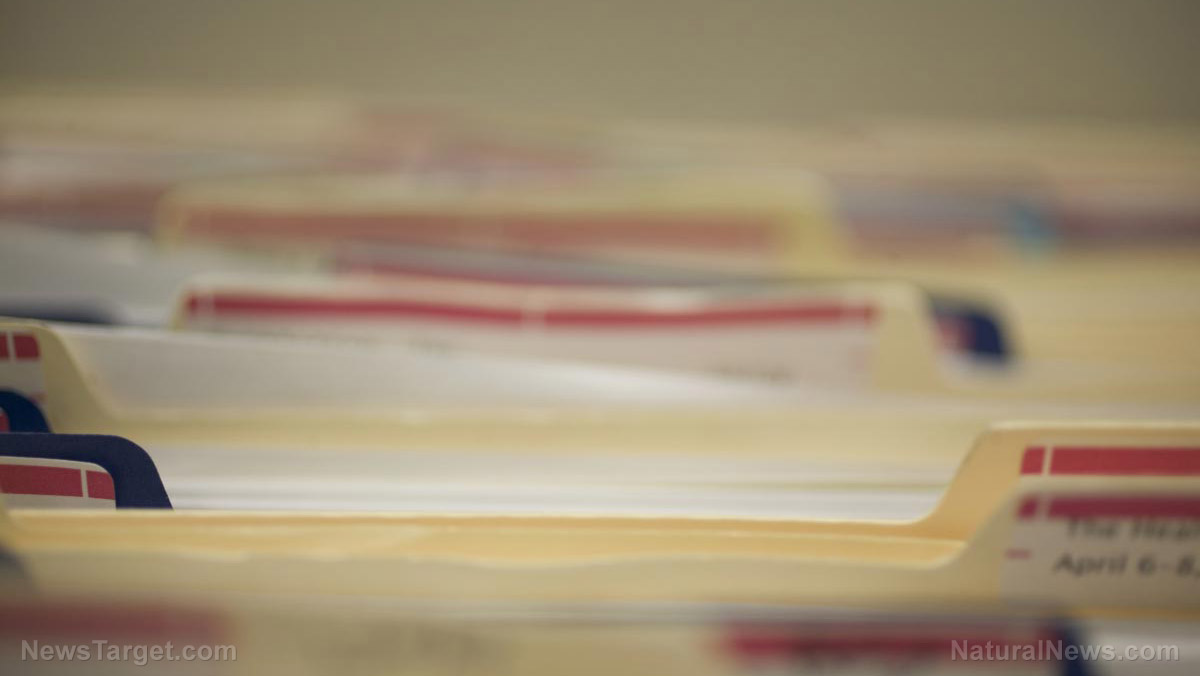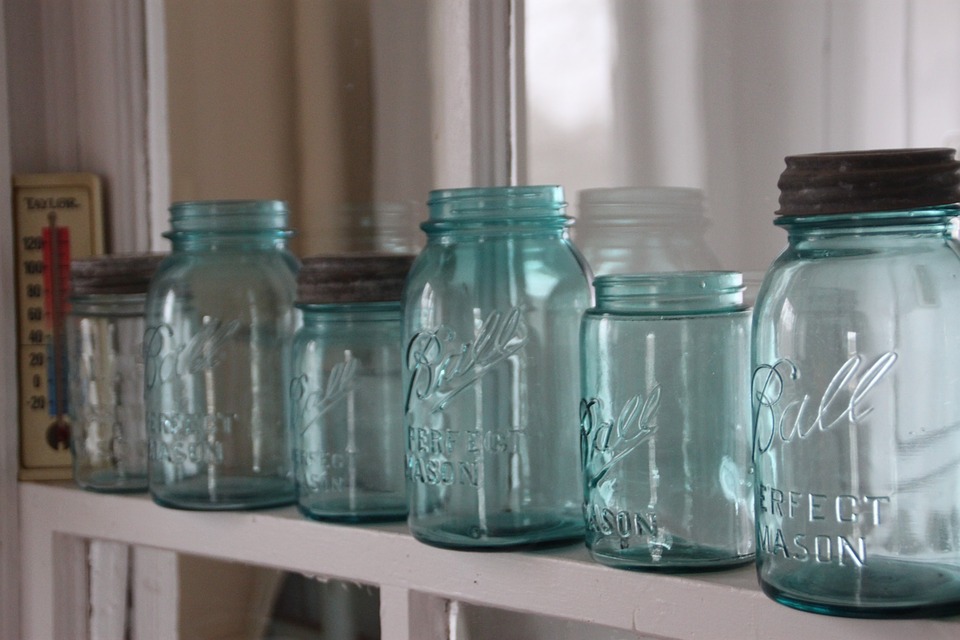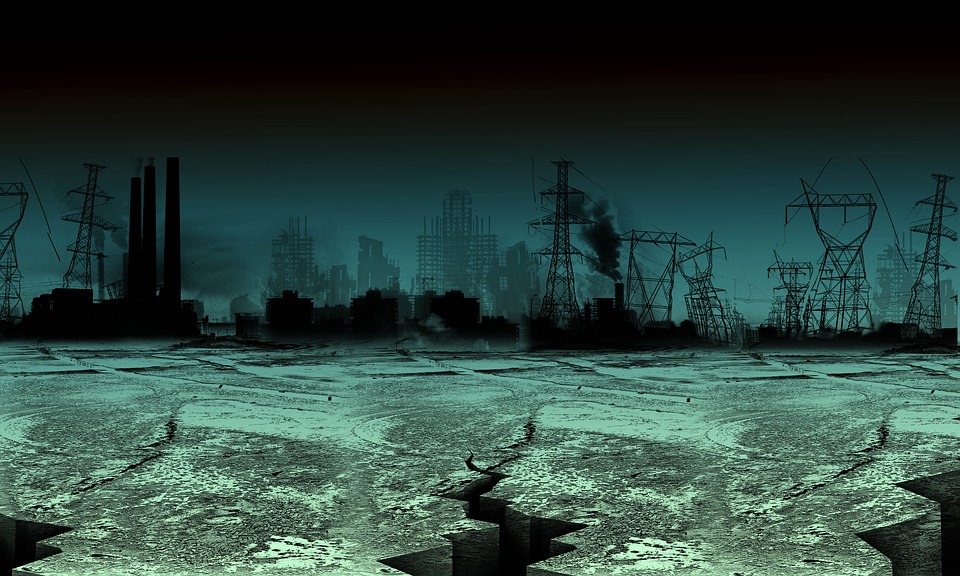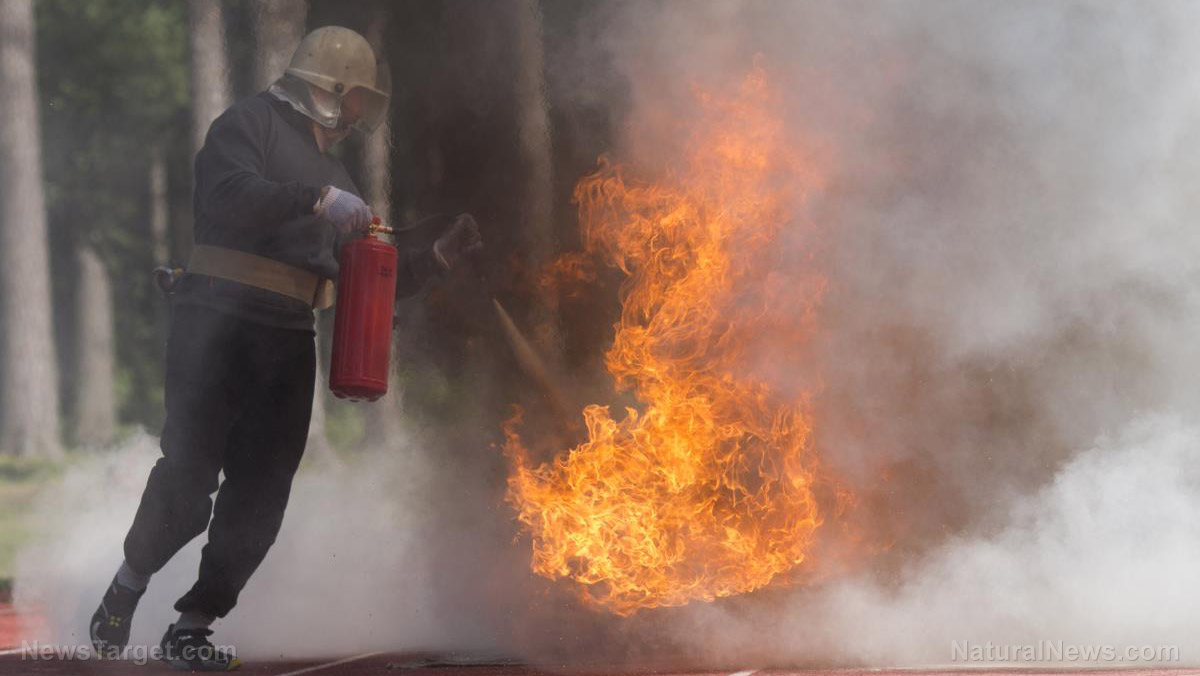How to store important paper documents for SHTF
12/11/2018 / By Mary Miller

One thing that many people, preppers included, greatly underestimate is how much we rely on the internet and technology for our daily lives. They are an essential means of communication and exchanging information, after all. Because we rely so much on digital information, it is easy to forget about important data when we need it the most.
If the power grid fails or SHTF, all your online access and digitally stored information can disappear in an instant. How then will you be able to access vital information, such as first aid techniques, instructions on how to build DIY devices, and other prepping tips and strategies? Sure, it is possible to memorize all this information, but wouldn’t it be much easier to have your files backed up and stored away somewhere safe? Here are some of the best ways to ensure the long-term viability of important paper documents in case SHTF. (h/t to Survivopedia.org.)
Proper storage and preservation of important paper documents isn’t just for useful information. In case of natural disasters such as floods, fires, or hurricanes, it’s essential to safeguard copies of your personal records as well. These records can include birth certificates, marriage licenses, other documents of identification, and financial and medical records. (Related: Make sure you have hard copies of these documents for post-disaster life rebuilding.)
Paper
If you can’t access information digitally, you can always have a file or folder at hand of printed records. The problem with paper printouts, however, is that paper can easily be damaged by exposure to water or the elements. If you want to preserve these paper documents for long-term use, make sure that they are printed on archive quality, or acid-free paper. Many maps are often printed on petroleum-based paper as it is also water resistant. You don’t even have to print out all your important information. Instead, you can use notebooks made of waterproof paper to take down your personal notes. Writing down texts in your own words allows you to understand and remember information better than if you were to simply print them out.
Ink
What is the point of waterproof paper if the ink you use to write on it can still be washed away or left blurred anyway? It is important to use waterproof ink so that the words can still be legible even when damaged by water. Keep in mind, however, that just because you use waterproof ink on waterproof paper, doesn’t mean that the ink will bind properly to the paper. Do your research first to find out if the ink and paper you will use are compatible with each other.
Cover and binding
Now that you have all your documents written or printed on waterproof paper using waterproof ink, bind all these files together and protect them with a durable cover. There are many options for long-lasting book covers that you can choose from. Animal hides are tough and can protect your paper from all sorts of damage. A good waterproof covering can also be made out of wood coated with stain and shellac. You can also use flexible plastic. A simple ring-bound plastic binder can come in handy for storing your documents. As an added bonus, if you want to add more pages, you can easily attach them by unclasping the metal rings.
Heavy duty safe
You now have all your important documents and personal records written on waterproof paper using waterproof ink, bound together in a heavy duty plastic binder. All that’s missing is to keep your important documents in a fireproof, waterproof, lockable safe. Once you have done this, you can be sure that your documents will be safe, even if TEOTWAWKI happens.
If you want to learn more about safeguarding your personal belongings when SHTF, follow Preparedness.news.
Sources include:
Tagged Under: disaster planning, emergencies, off grid, paper documents, preparedness, prepper, prepping, preservation, self-reliance, SHTF, survival, survival tools, survivalist




















